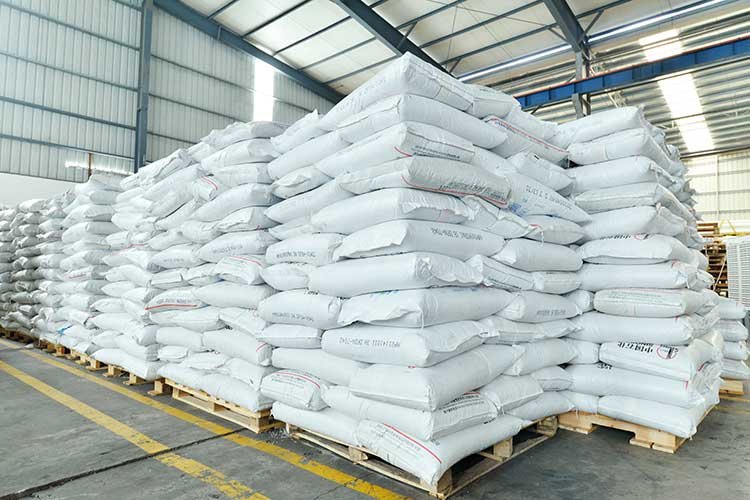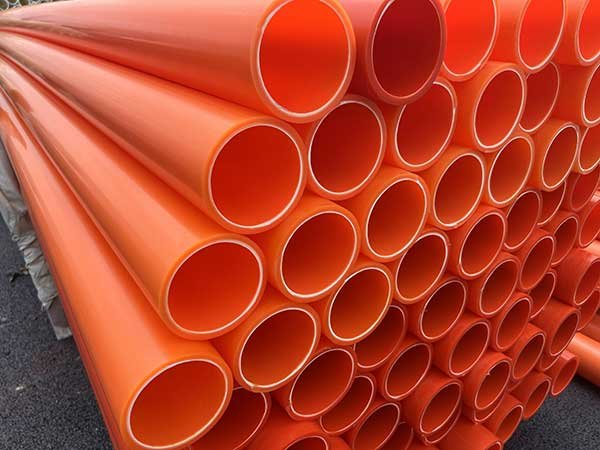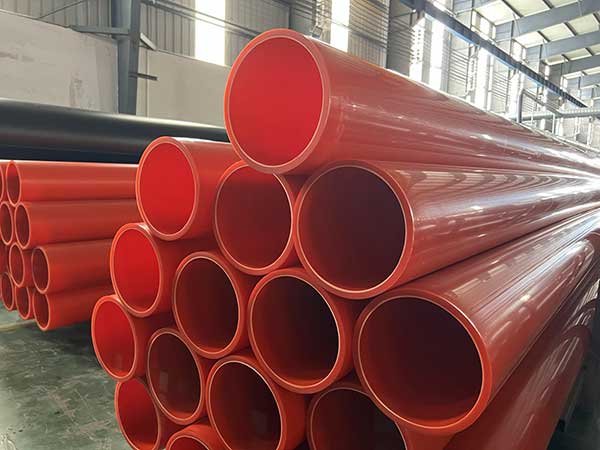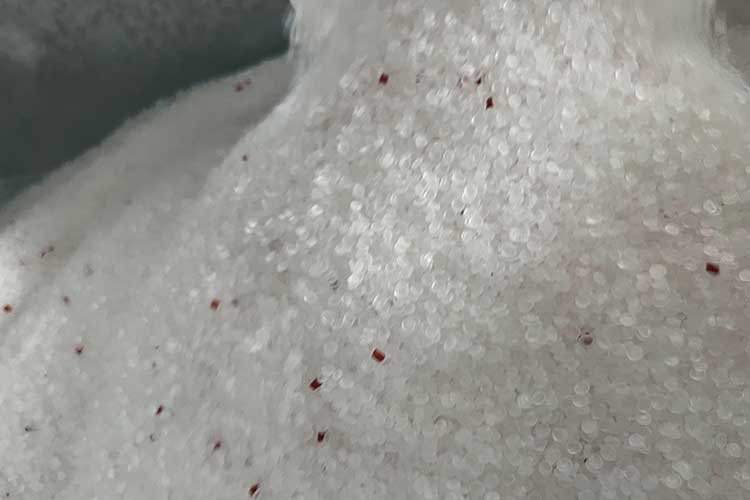Modified polypropylene is one of the best performing plastics and is often used in underground pipeline engineering design such as power and communications, especially for trenchless construction scenarios.
In this article, we will explore some basic aspects about modified polypropylene. From performance, composition, advantages to applications.
Let’s get started:

What is modified polypropylene?
Modified polyethylene is a polymer material that is made by adjusting the molecular structure of basic polyethylene (PE) through physical, chemical or biological means, thereby giving it superior performance or new functions.
Chemical composition of modified polypropylene
Modified polyethylene can improve its hardness and impact resistance through a combination of multiple elements.
Its main components are functionalized variants formed by introducing specific functional groups or compounding other materials on the carbon-hydrogen backbone of the basic polyethylene (—CH₂—CH₂—) by chemical or physical means.
Its core changes include: ① Chemical grafting modification (such as maleic anhydride grafting to introduce —CO—CH=CH—CO— polar groups to improve adhesion); ② Crosslinking modification (forming a —C—C— or —Si—O—Si— three-dimensional network structure to improve heat resistance); ③ Chlorination/sulfonation modification (adding —Cl or —SO₃H groups to give elastomer properties); ④ Blending and compounding (combining with POE elastomers, calcium carbonate fillers, etc. to optimize mechanical properties).
The modified polyethylene not only retains the carbon-hydrogen skeleton of the original PE, but also achieves breakthroughs in temperature resistance (-100℃~120℃), mechanical strength and functionalization (such as insulation, antibacterial) through molecular structure design, and is widely used in cables, pipes, medical and other fields.

Characteristics of modified polyethylene
High wear resistance
Enhanced tensile strength and wear resistance: Ultra-high molecular weight modified varieties (such as UHMWPE) are used in bulletproof materials and artificial joints, and their wear resistance is more than 5 times that of conventional PE.
Enhanced corrosion resistance
Tolerant to acid, alkali, organic solvents and oxidative environments, sulfonated (introducing -SO₃H groups) varieties are used for chemical equipment linings
EExcellent electrical performance
High insulation resistance (>10¹⁶ Ω·m) and dielectric strength (>30 kV/mm), used for ultra-high voltage cable insulation
Surface activity improvement
Maleic anhydride grafting introduces polar groups (—CO—CH=CH—CO—) to solve the inertness of the original PE surface and improve printing/adhesion

Advantages of modified polypropylene
Excellent impact resistance
β-crystal modification increases low-temperature impact strength by 2–3 times, solving the low-temperature brittleness problem of ordinary PP
Excellent corrosion resistance
Tolerant to acids, alkalis, and organic solvents, sulfonated modified varieties are used for linings of chemical equipment
Anti-aging ability upgrade
Antioxidant modification delays UV degradation and extends outdoor service life
Low water absorption
Water absorption rate is less than 0.2%, and the dimensional stability in a humid environment is better than most engineering plastics

Application of modified polypropylene
Power pipeline
Used for pipe jacking/pull pipe construction of high-voltage cables above 10kV in municipal power projects to reduce road damage. Suitable for sensitive areas such as historic sites and highways
Agricultural irrigation pipe
Protect irrigation equipment cables, resistant to saline-alkali soil corrosion (lifespan > 15 years in pH 8.5 environment)
Drainage pipes
Chemical corrosion resistant, environmentally friendly and non-toxic, replacing metal pipes to solve rust problems
FAQ
1.Is modified polyethylene harmful to the human body?
The modified polyethylene is stable at room temperature, has no toxic release, and will not cause health risks when in normal contact with the skin or as a packaging material.
Conclusion
Modified polypropylene is a relatively stable plastic material with good corrosion resistance, aging resistance and heat resistance. It is also very easy to manufacture. As long as you fully understand this material, you can manufacture reliable and high-strength pipes for demanding applications.